The Science Behind Astaxanthin
You know that moment when you discover something amazing, and then get mildly annoyed that no one told you sooner?
Yeah. That’s Astaxanthin.
Pronounced asta-ZEN-thin, this vibrant red pigment comes from Haematococcus pluvialis, a microalga known as the Beyoncé of the algae world. It’s the reason salmon have their bold pink hue, and flamingos get their flair. And it’s not just pretty, it packs one of the most powerful antioxidant punches known to science.
Traditionally, cultures consuming marine life like krill or wild-caught salmon indirectly benefited from astaxanthin. Its origin traces to aquatic ecosystems, but its use as a health supplement is relatively recent.
Let’s break down what it is, how it works, and why it’s taking the wellness world by storm.
Why it's gaining popularity
Astaxanthin is gaining attention due to:
-
Astaxanthin is one of the strongest antioxidants found in nature. It’s 550 times more powerful than Vitamin E, 6,000 times more potent than Vitamin C, and 800 times stronger than CoQ10 in fighting oxidative stress (based on in vitro antioxidant activity assays).
-
Growing scientific evidence supports benefits for skin health, like protection against UV rays, eye function, recovery after a workout, and inflammation.
-
It passes the blood-brain and blood-retina barriers, helping protect sensitive tissues from oxidative stress.
Key active compound: What makes Astaxanthin so Powerful?
It’s a xanthophyll carotenoid (if that sounds intimidating, just think: plant pigment + superpowers). It’s naturally made by microalgae as a defense against UV and environmental stress.
When tiny creatures like krill eat these algae, and then salmon eat the krill, Astaxanthin travels up the food chain. It helps build muscle, protects body tissues, and gives salmon their bright pink color.
Salmon use it to swim upstream with incredible strength, like bodybuilders of the sea. And now, we’re finally starting to catch on to its power, too..
How does Astaxanthin actually work?
Here’s how it works:
-
Protects Cell membranes from damage : Astaxanthin stops a process called lipid peroxidation, which is when fats in your cell membranes get damaged by harmful molecules (called free radicals). By doing this, it keeps your cells strong and healthy.
-
Fights harmful molecules: It neutralizes something called reactive oxygen species (ROS), which are unstable molecules that can damage your cells. Astaxanthin acts like a shield and stops them from causing trouble.
-
Reduces inflammation: When your body gets hurt or stressed, it creates signals (called cytokines) that can cause swelling or pain. Astaxanthin helps lower those signals so your body doesn’t overreact.
-
Protect your energy centers: Inside your cells, you have something called mitochondria, they’re like tiny batteries that give your body energy. Astaxanthin protects them from getting damaged, so you don’t feel tired or worn out easily.
-
Supports your brain and eyes: Unlike many other nutrients, astaxanthin can cross special protective barriers in your body, like the ones that protect your brain and eyes. This means it can directly help those areas stay healthy and strong.
Benefits of Astaxanthin
-
Supports skin health : Astaxanthin helps protect skin cells from UV damage by neutralizing free radicals caused by sun exposure. It also helps improve moisture retention by reducing inflammation in skin cells, keeping the skin hydrated and glowing. This means less sunburn, less aging, and healthier skin.
-
Promotes eye comfort and cognitive health: Astaxanthin crosses both the blood-brain and blood-retina barriers, allowing it to directly protect your eyes from the oxidative stress caused by digital screen time.
It helps reduce eye fatigue and strain by protecting the sensitive cells in your eyes from damage, keeping them sharper for longer. -
Enhances muscle recovery and physical performance: Astaxanthin helps reduce muscle inflammation and oxidative stress during and after intense physical activity.
It speeds up muscle recovery by reducing soreness and fatigue, giving you more energy and less discomfort between workouts. -
Supports heart and Vascular function: Astaxanthin helps reduce inflammation in the blood vessels and heart, promoting better circulation and overall heart health.
It works by neutralizing free radicals that can cause oxidative damage in the cardiovascular system, keeping your heart and blood vessels in top condition. -
Strengthens immune defenses: By reducing oxidative stress and supporting your body’s natural defenses, astaxanthin strengthens the immune system.
It helps your cells stay resilient, meaning your body is better prepared to fight off infections and stressors that can weaken your immune health. -
Supports faster muscle recovery: By protecting muscle cells from oxidative damage, astaxanthin helps the body recover more efficiently, potentially leading to less soreness and quicker bounce-back after workouts.
Want to dive deeper? Check out our blog on How Astaxanthin Helps Manage Oxidative Stress to learn more about the science behind its cellular superpowers.
🧠 Fun Fact
In a study on C. elegans (tiny worms often used in aging research), Astaxanthin supplementation extended lifespan by up to 30%. While we’re definitely not worms (thankfully), the findings hint at some exciting possibilities for aging and cellular health in humans, too.

So, who is it for?
Let’s keep it simple. If you:
-
Live a fast-paced, high-stress lifestyle
-
Want your skin to bounce back a little faster
-
Exercise regularly (or want to start)
-
Are over 30 and feeling the daily wear and tear
Then this pigment from pond algae might just be your new secret weapon.
Recommended dosage and how to take Astaxanthin
-
General wellness: 4–6 mg/day
-
Form: Natural astaxanthin from Haematococcus pluvialis in softgel form is preferred.
-
Best taken: With meals containing fats to enhance absorption
Potential side effects and safety
Astaxanthin is generally well-tolerated.
Mild side effects may include:
-
Skin pigmentation (at very high doses)
-
Stomach upset if taken on empty stomach
Precautions:
-
Pregnant/breastfeeding women should consult a healthcare provider
-
May interact with blood pressure or cholesterol medications
Long-term use has been shown to be safe in multiple human trials.
Conclusion: Is astaxanthin right for you?
If you're navigating long screen hours, chasing post-workout recovery, or simply looking to support healthy aging, Astaxanthin might just be the ally your routine is missing. Backed by growing research and celebrated for its powerful antioxidant properties, it offers targeted support for your skin, eyes, immune system, and overall vitality.
Ready to experience the benefits of nature’s most potent antioxidant?
Start small, stay consistent, and let this red-hued powerhouse do the rest.
Frequently Asked Questions (FAQs)
1. How powerful is astaxanthin?
Astaxanthin is a highly potent antioxidant, stronger than many others, and helps protect cells from oxidative stress.
2. Is it good to take astaxanthin every day?
Yes, daily use is generally safe and may support skin, eye, and immune health. Stick to recommended doses.
3. What food has the highest astaxanthin?
Wild-caught sockeye salmon has the highest natural astaxanthin. Shrimp, krill, and red trout are also good sources.
4. Is astaxanthin safe for kidneys?
Yes, it's considered safe for the kidneys in normal doses. Those with kidney issues should consult a doctor first.
5. Is astaxanthin better than vitamin C?
Astaxanthin is stronger as an antioxidant, especially in fat-rich areas, but vitamin C works well in water-based areas. They work best together.
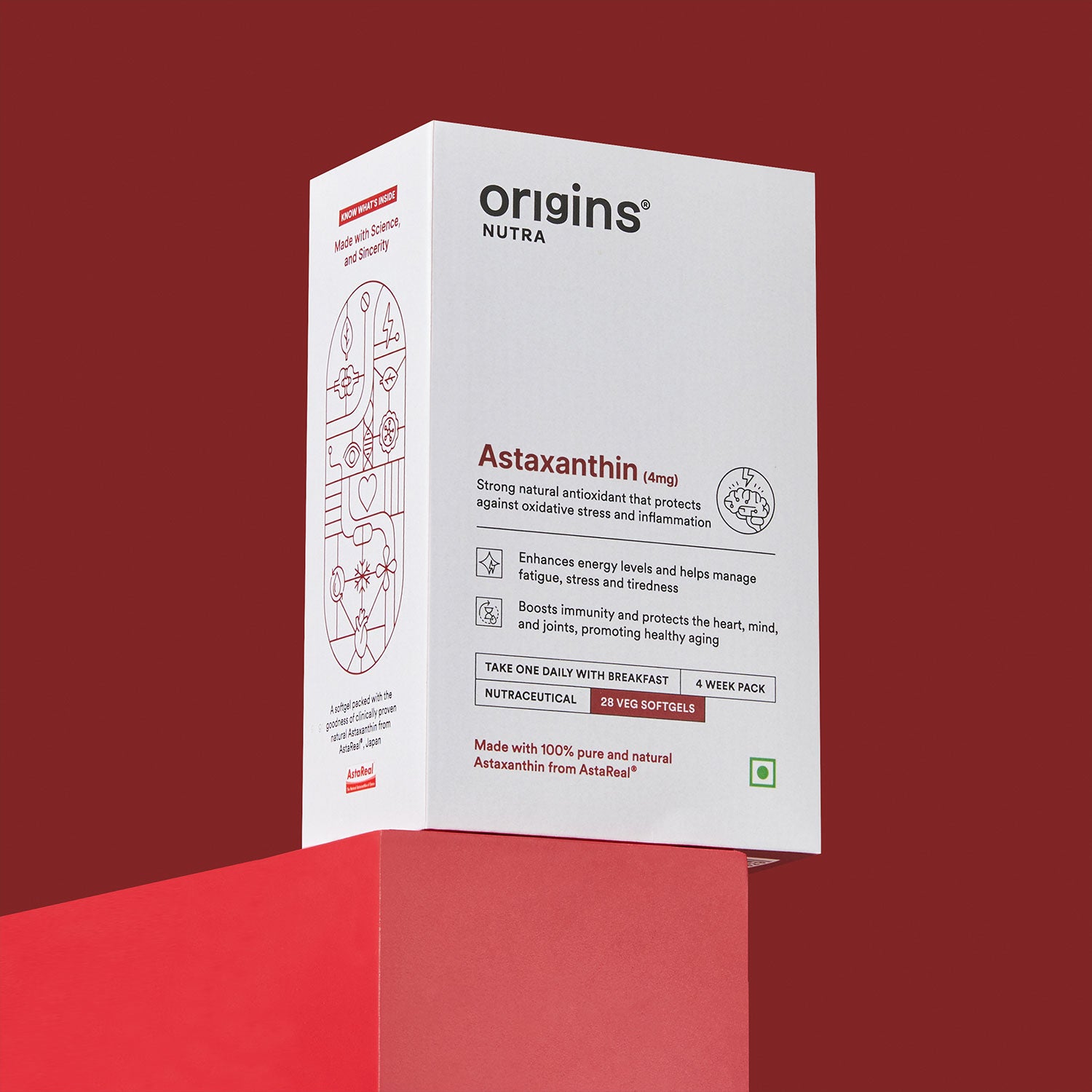
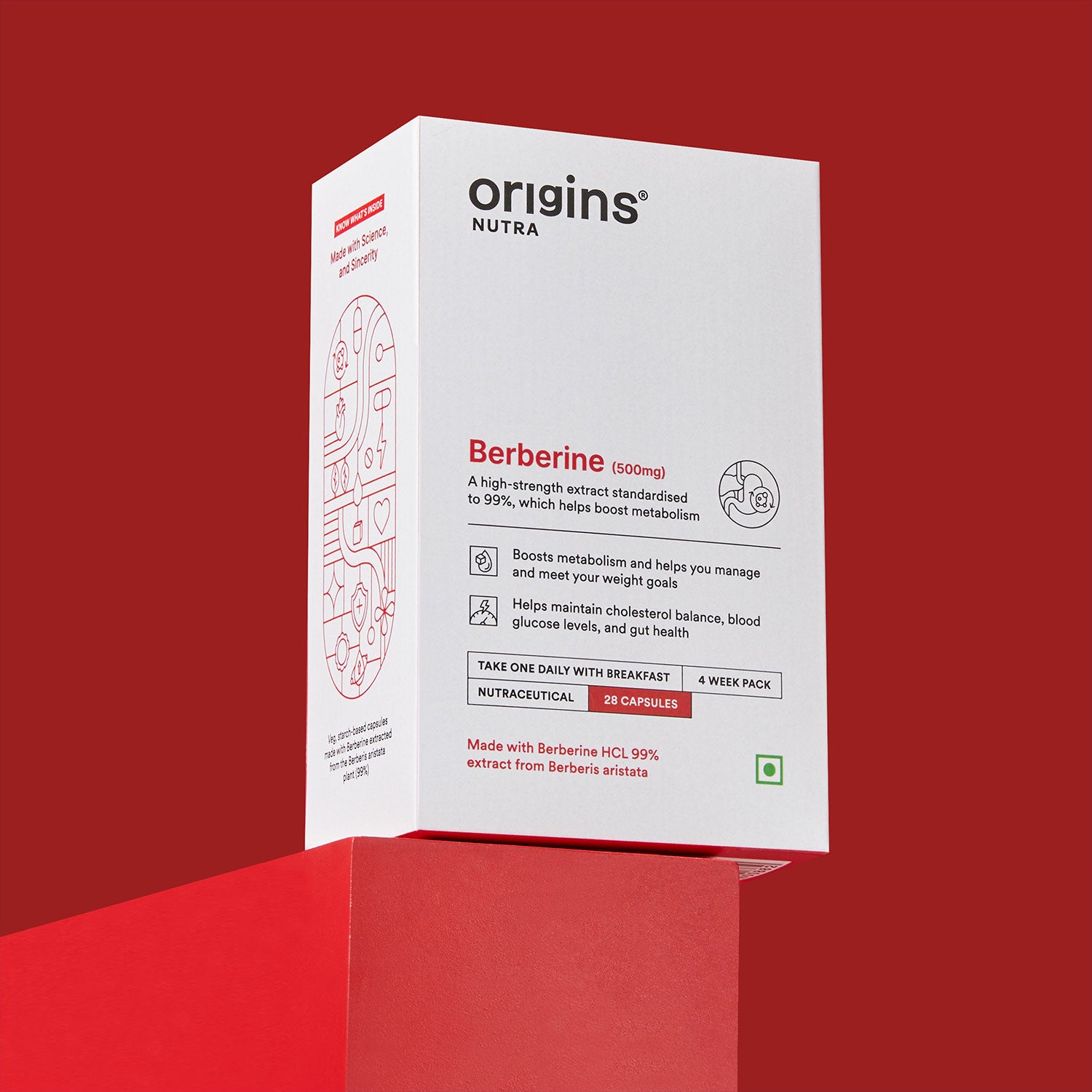
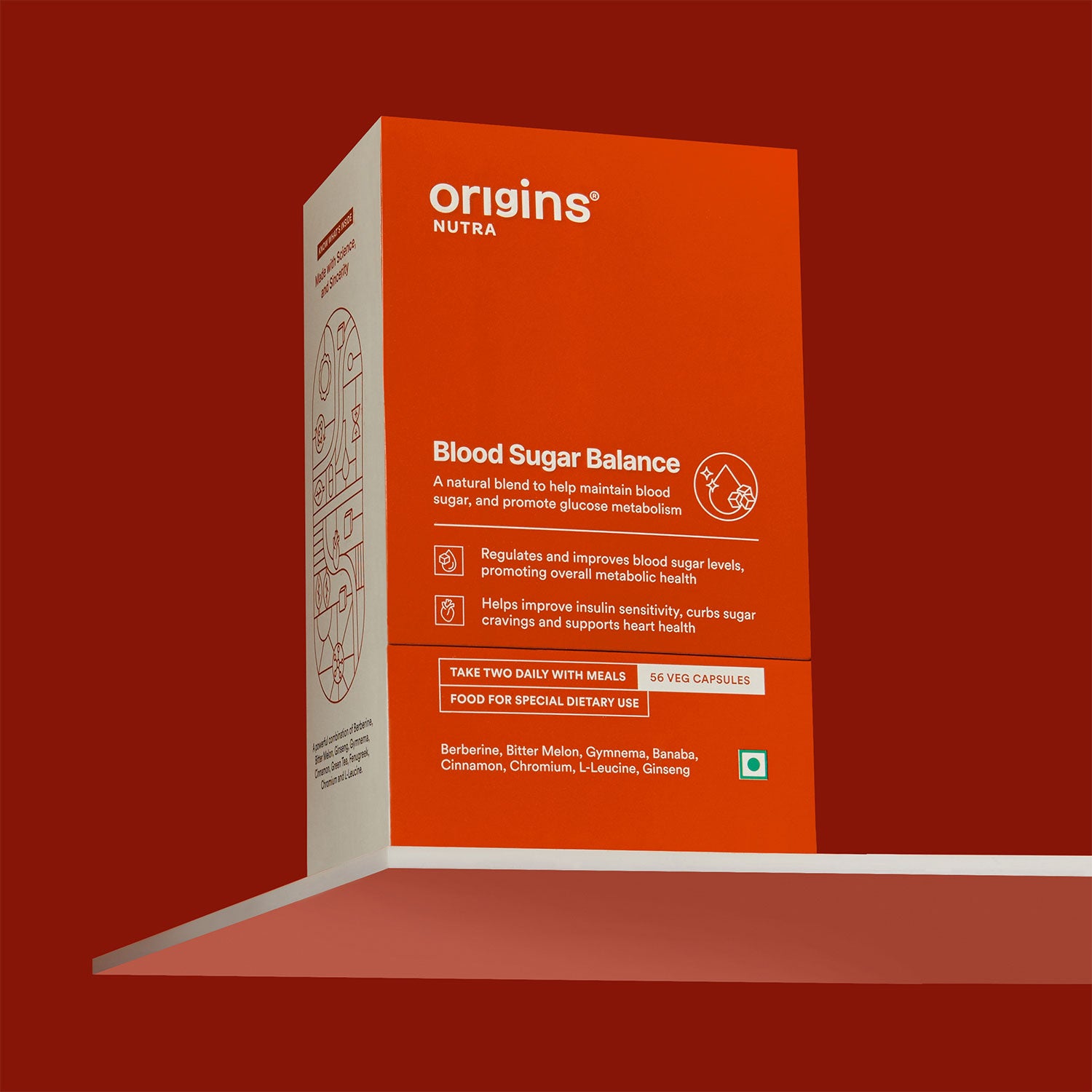
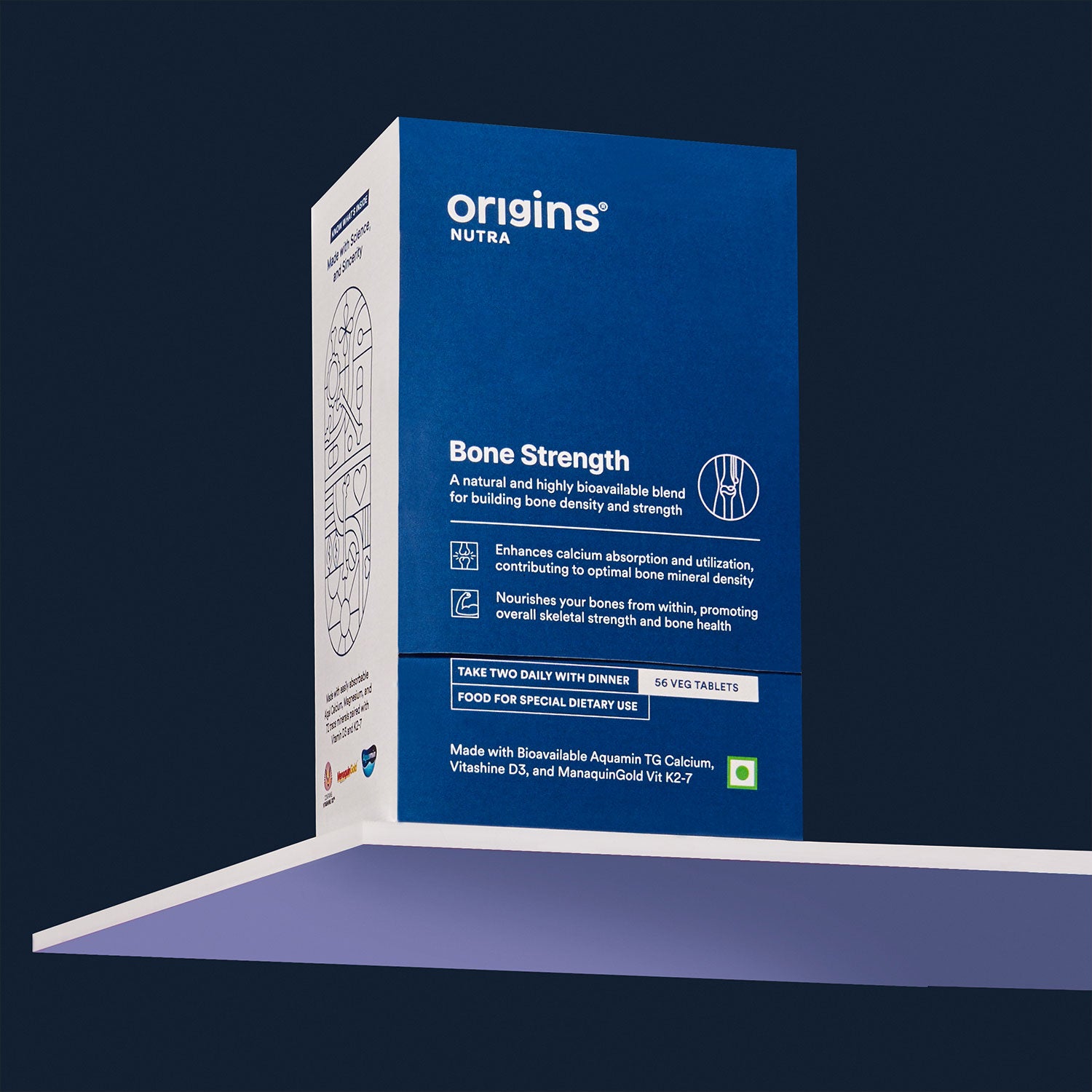


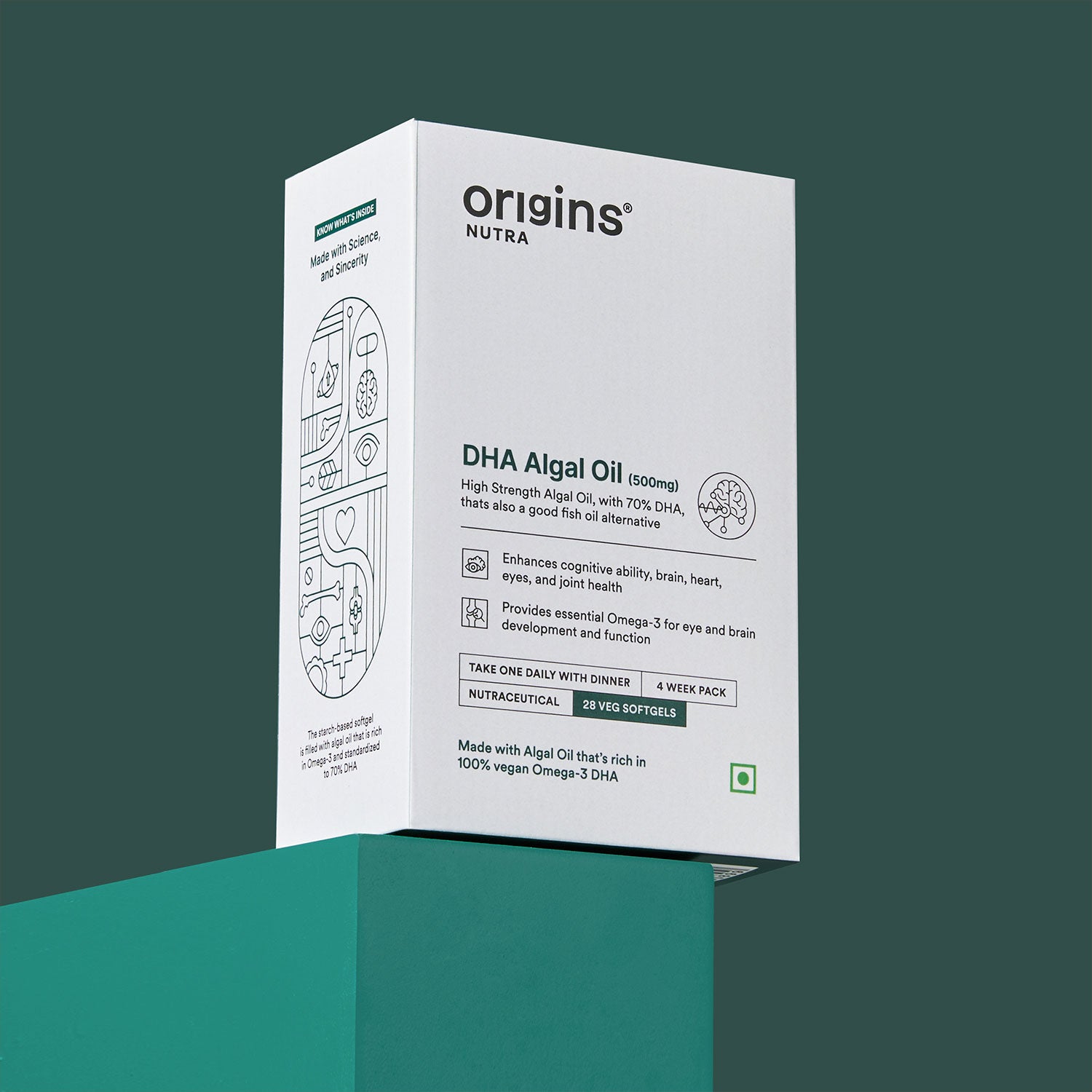
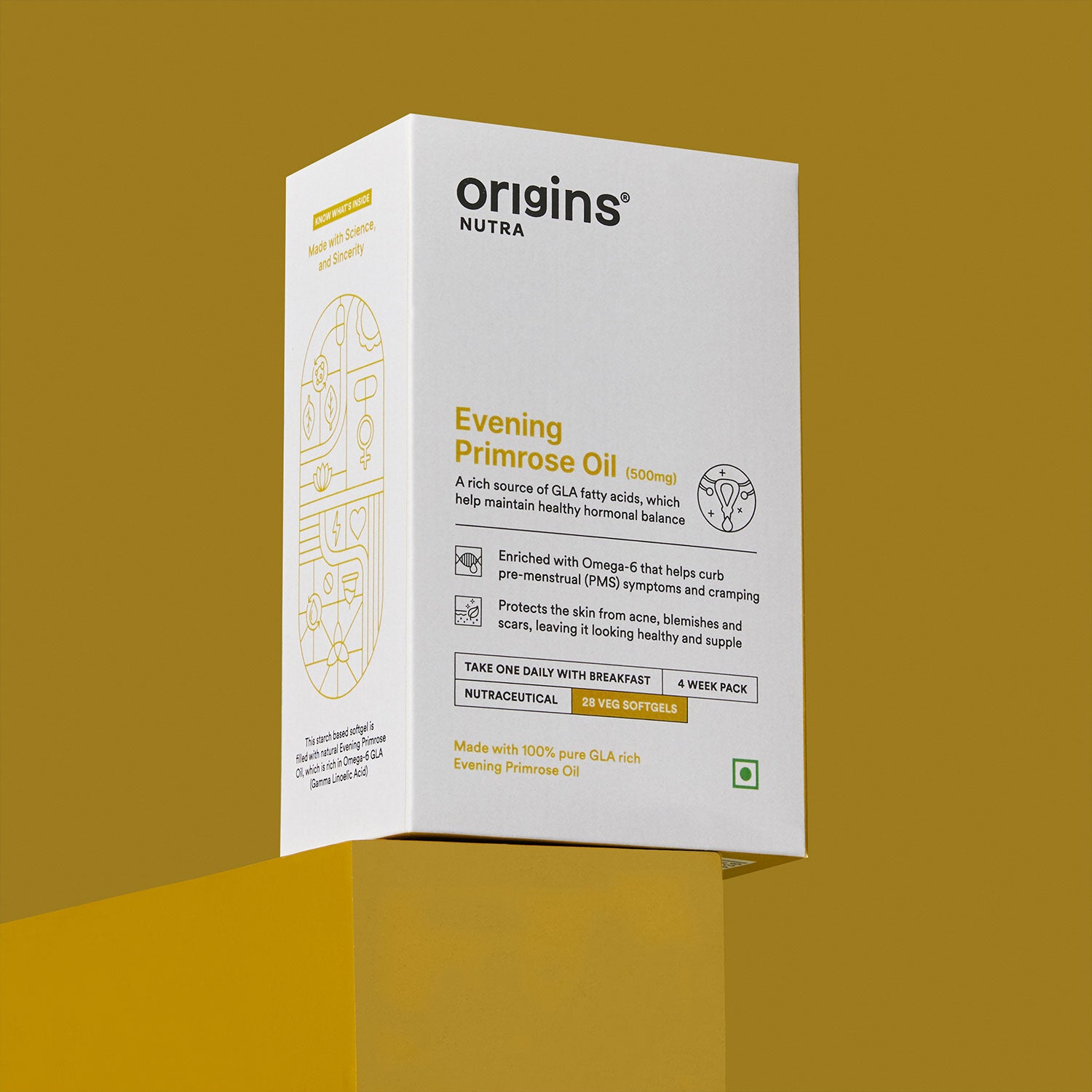
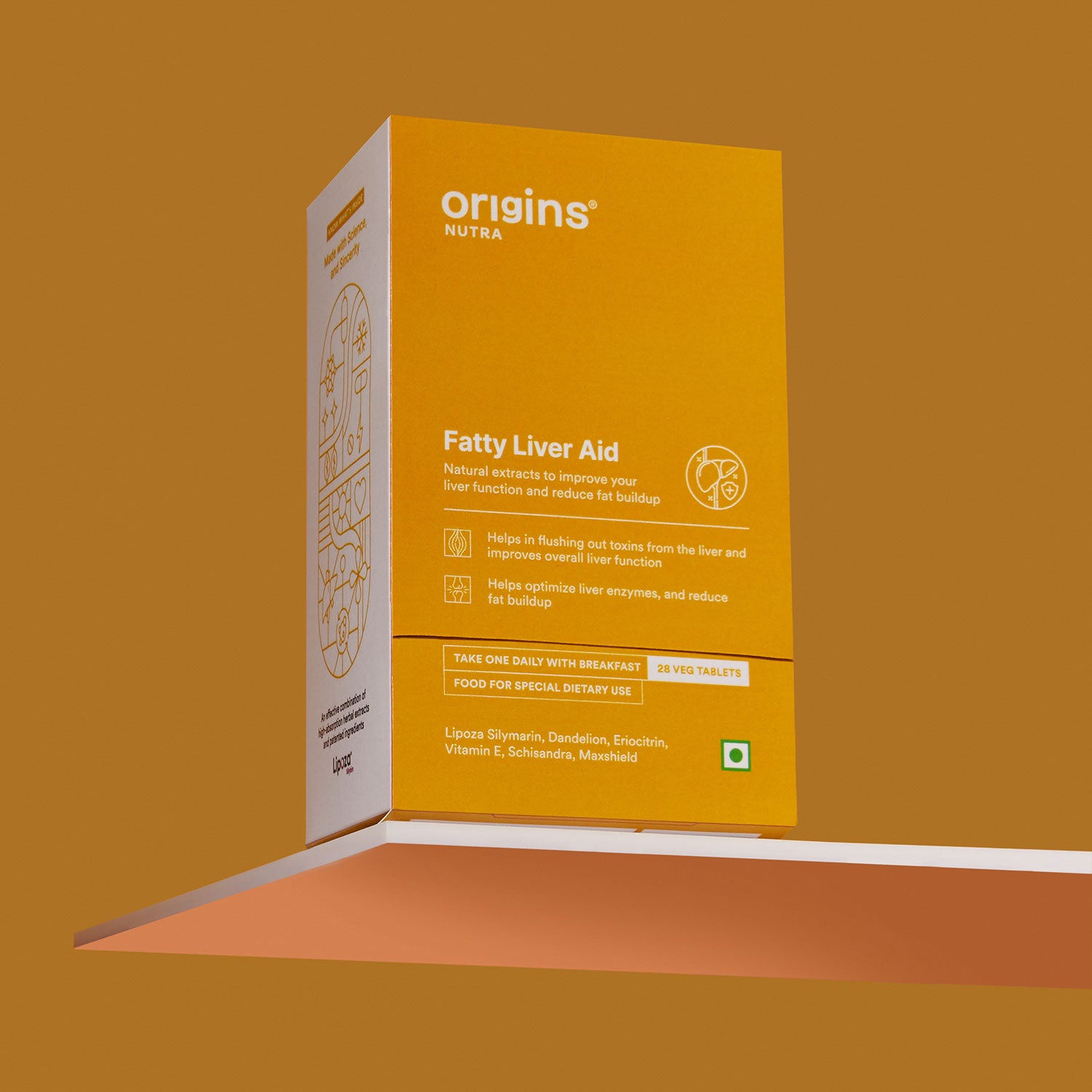
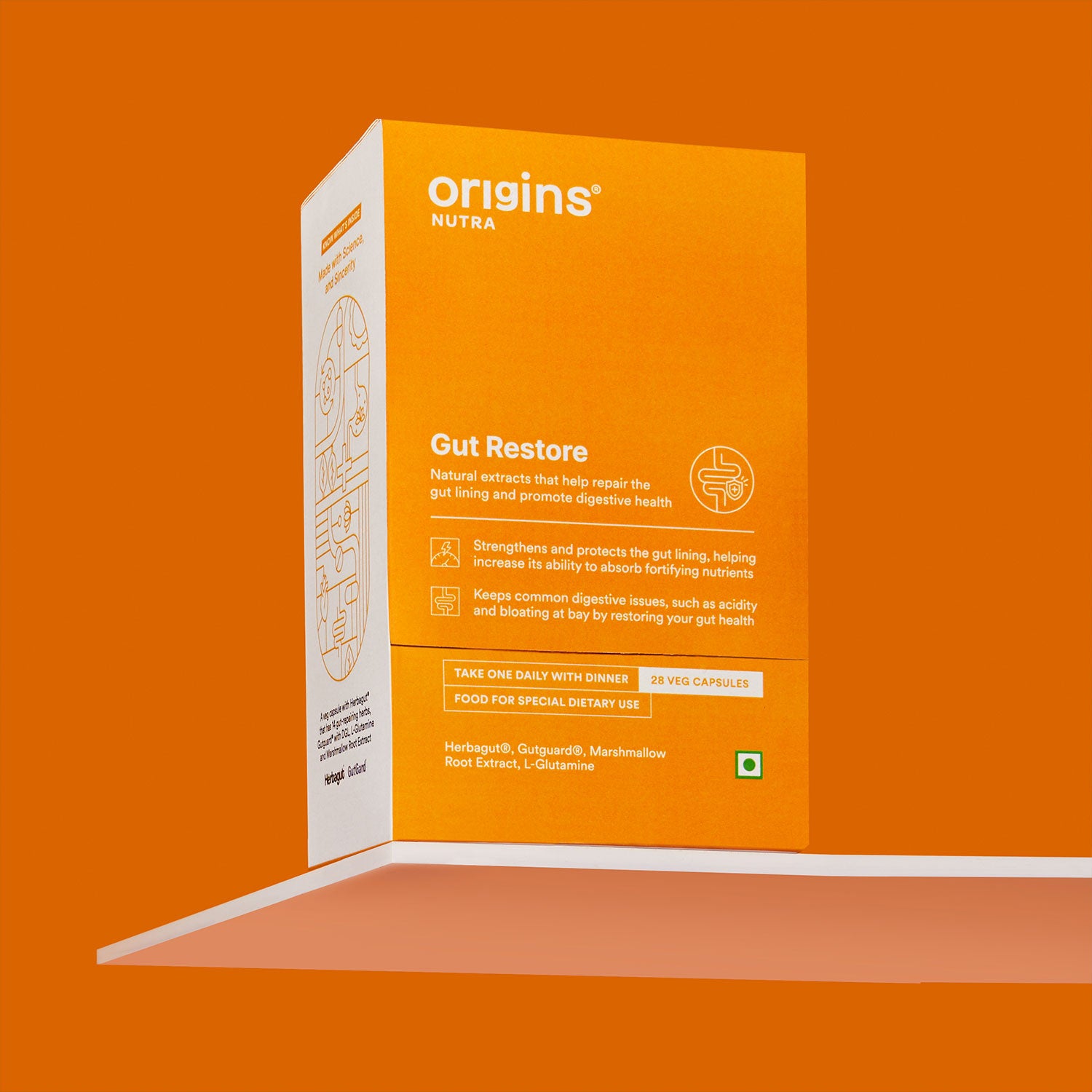

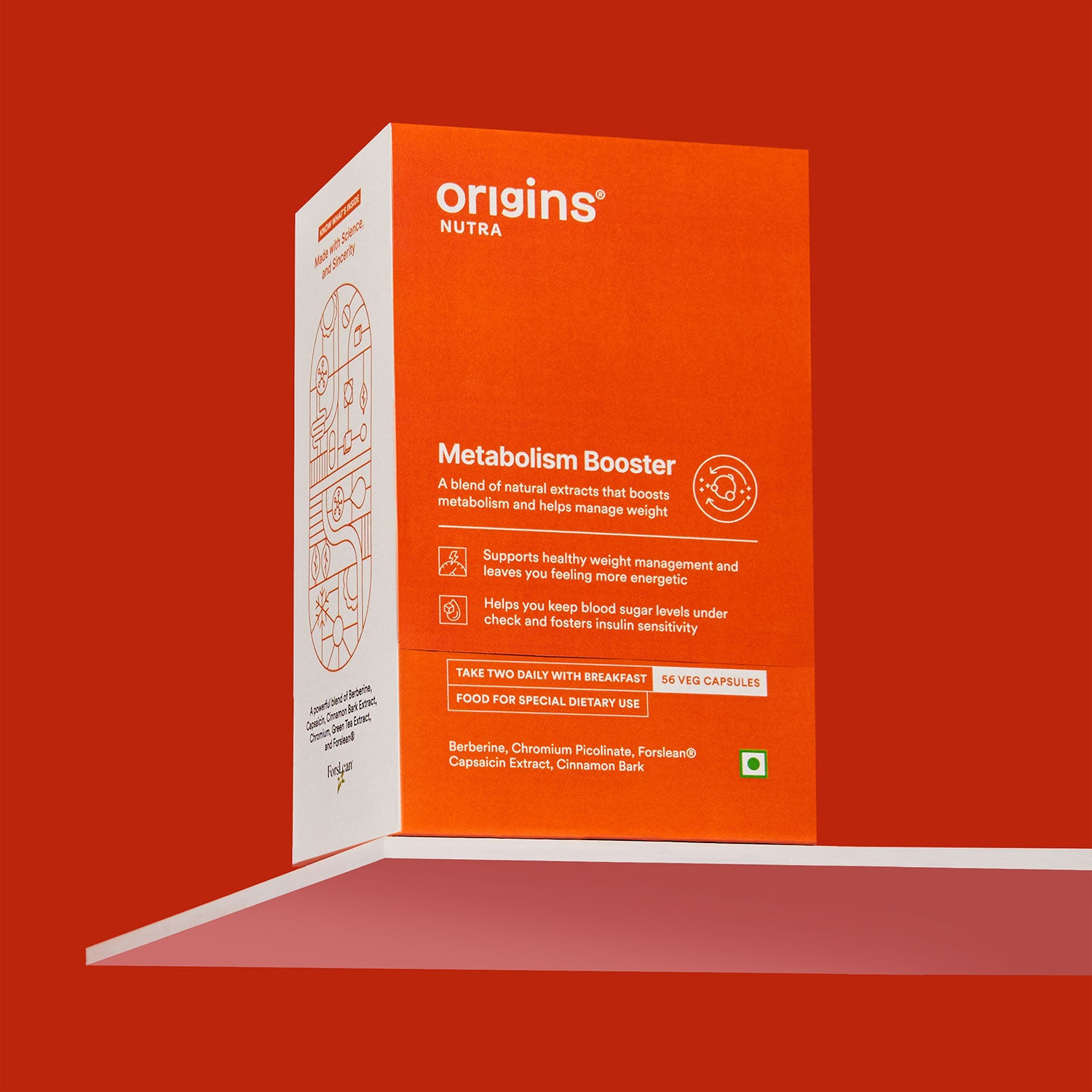
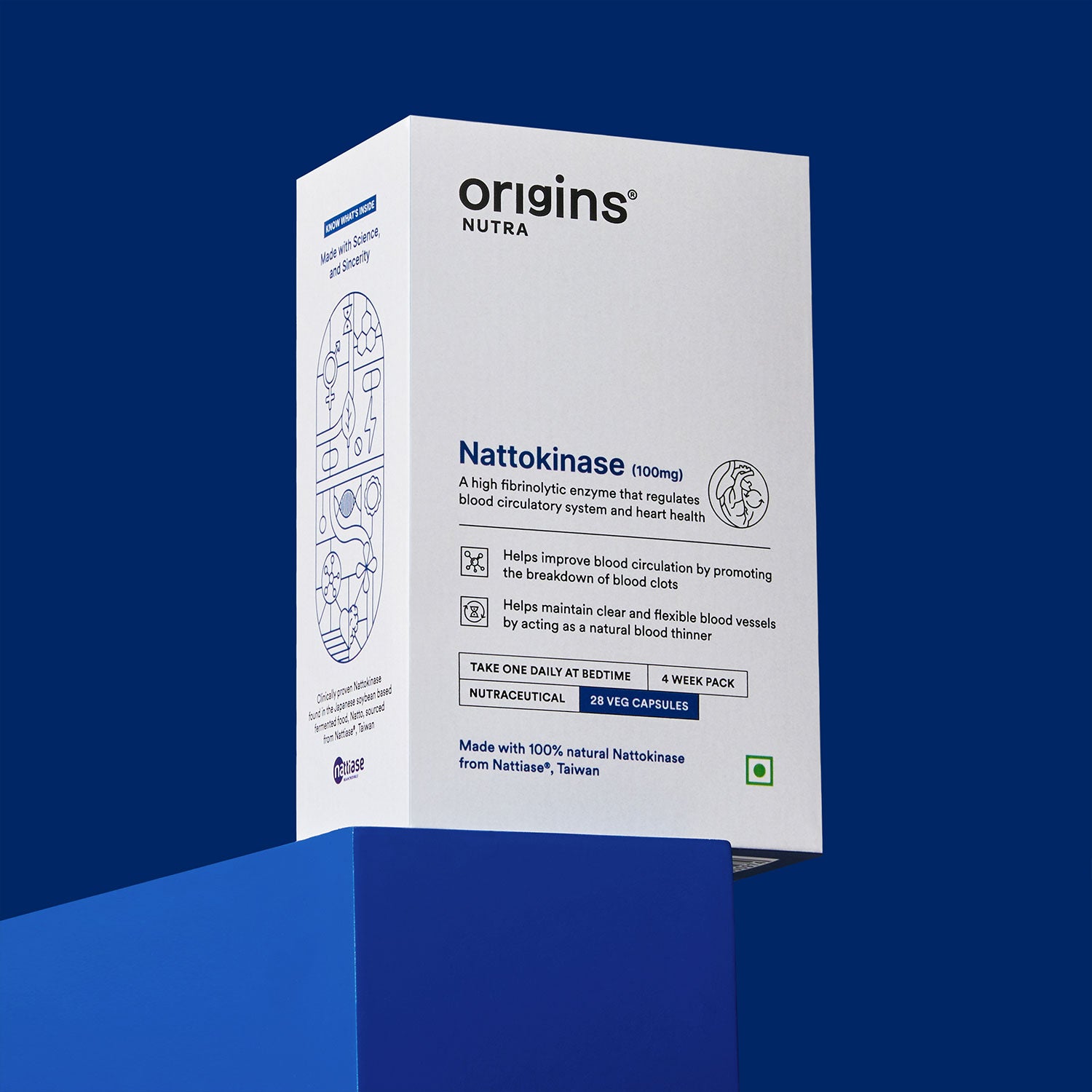
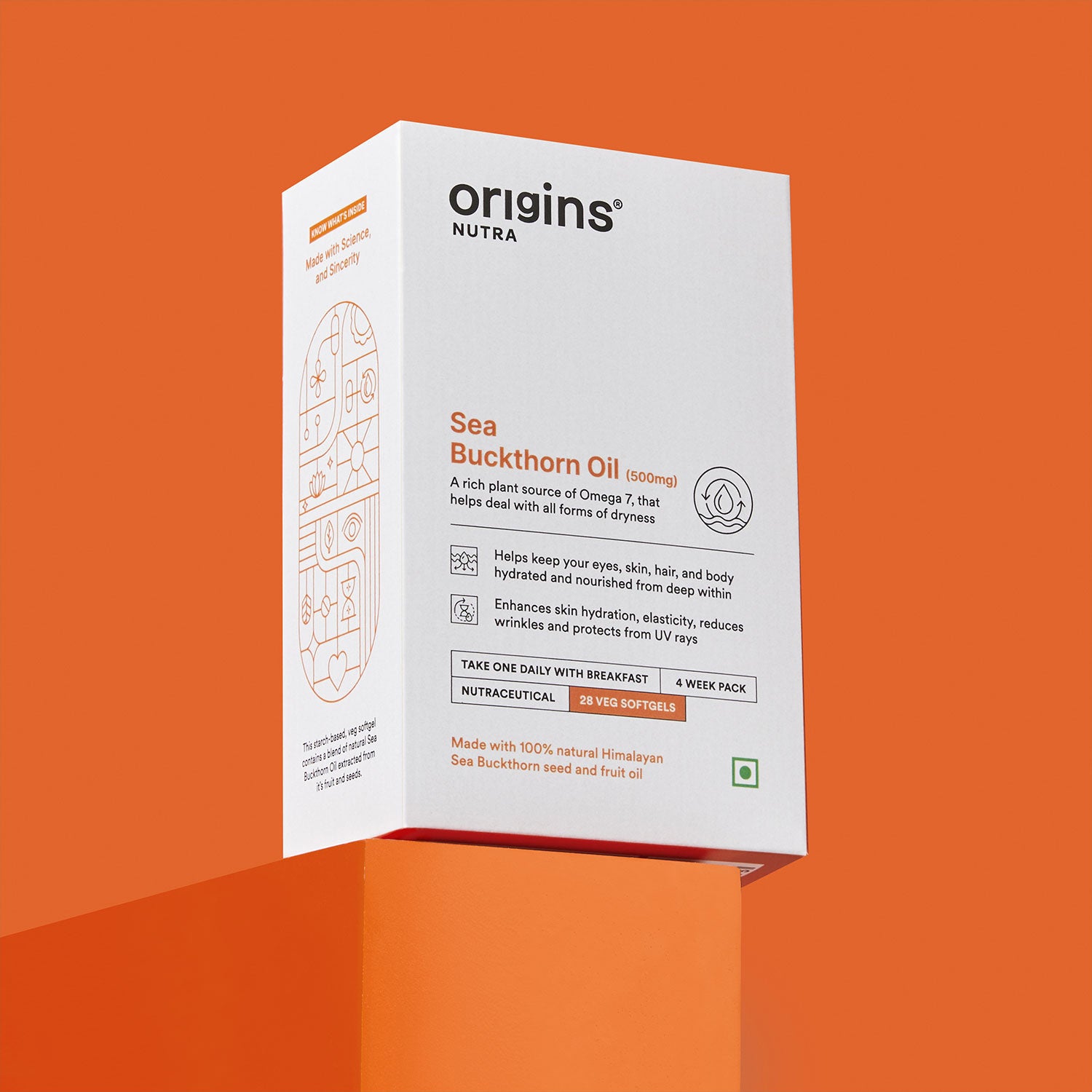
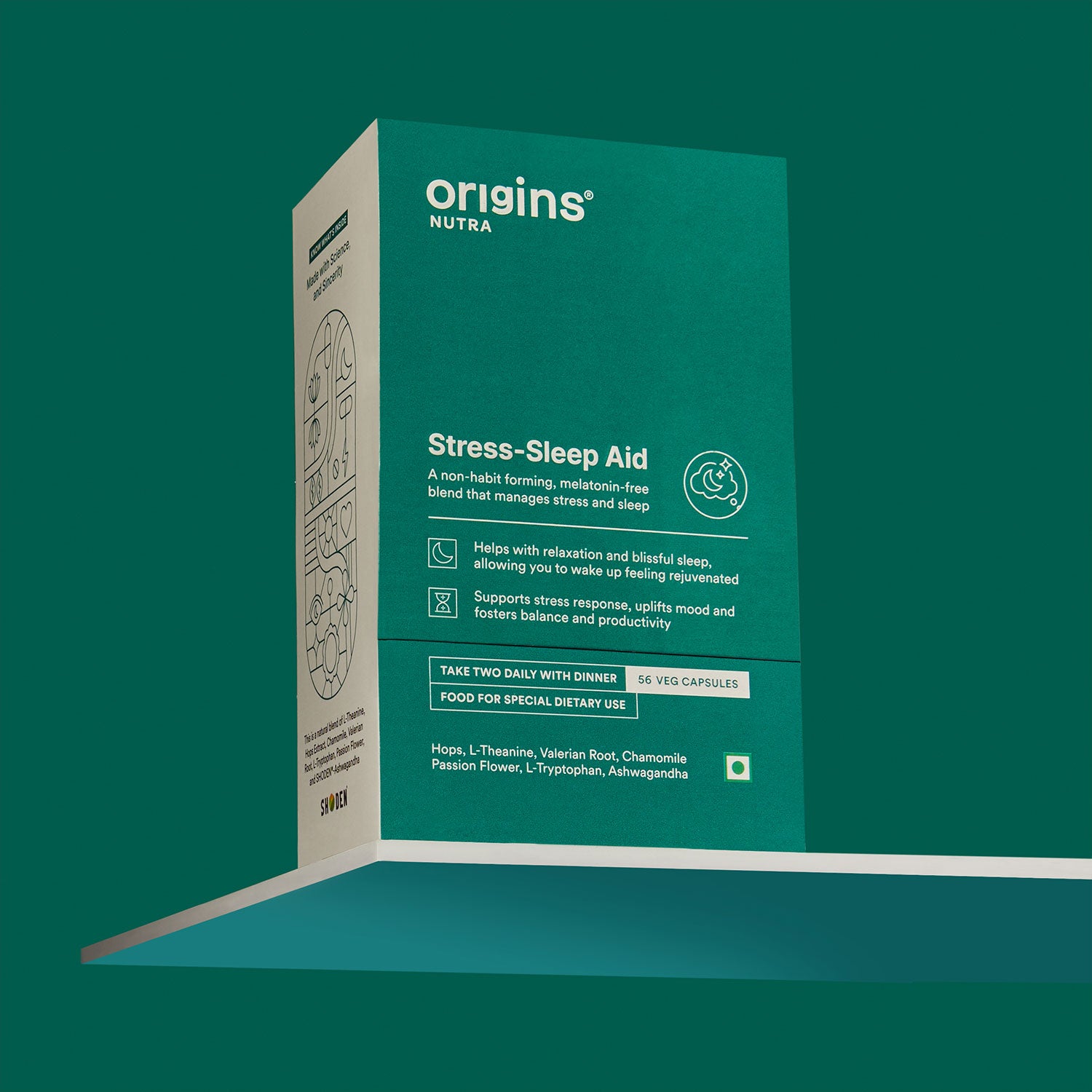
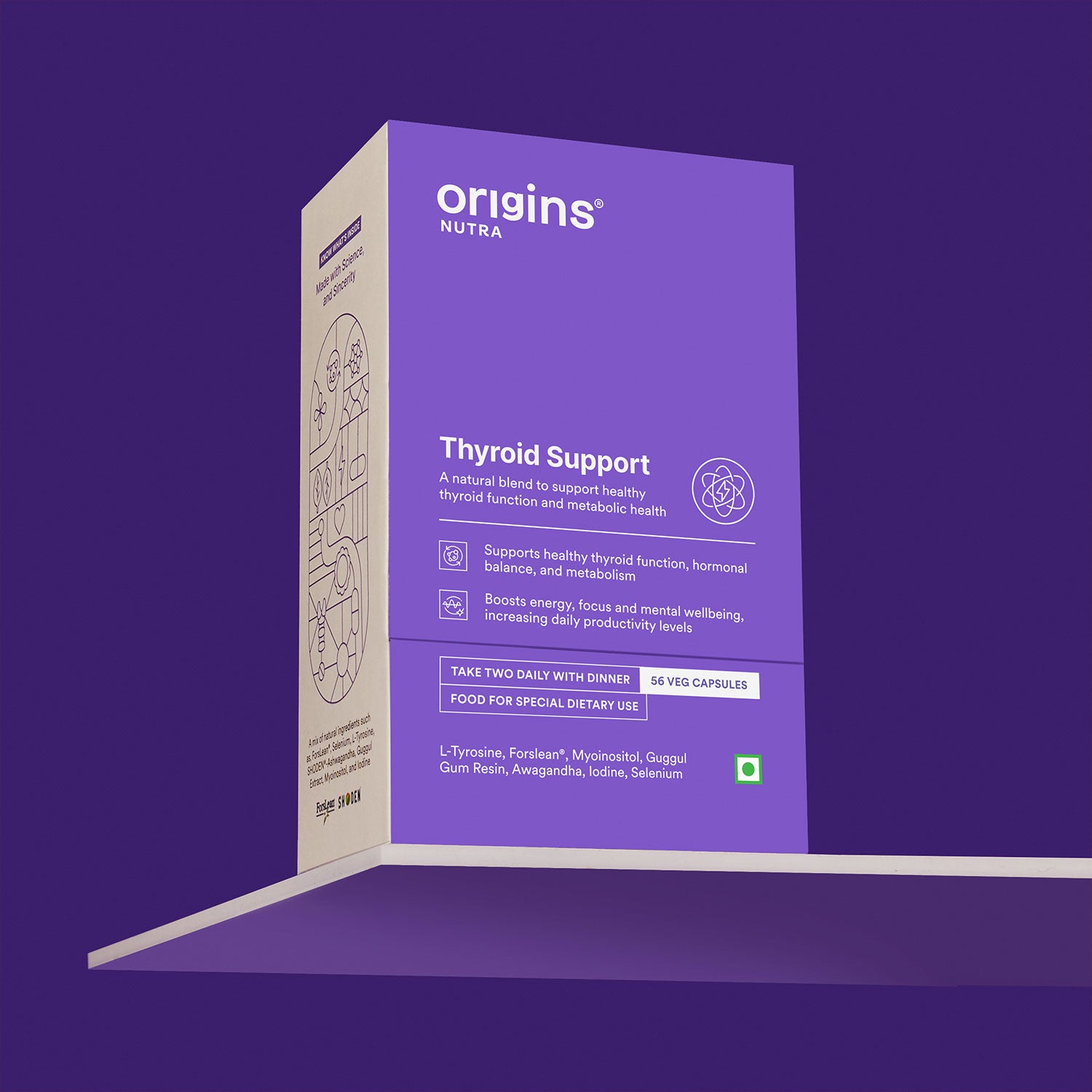






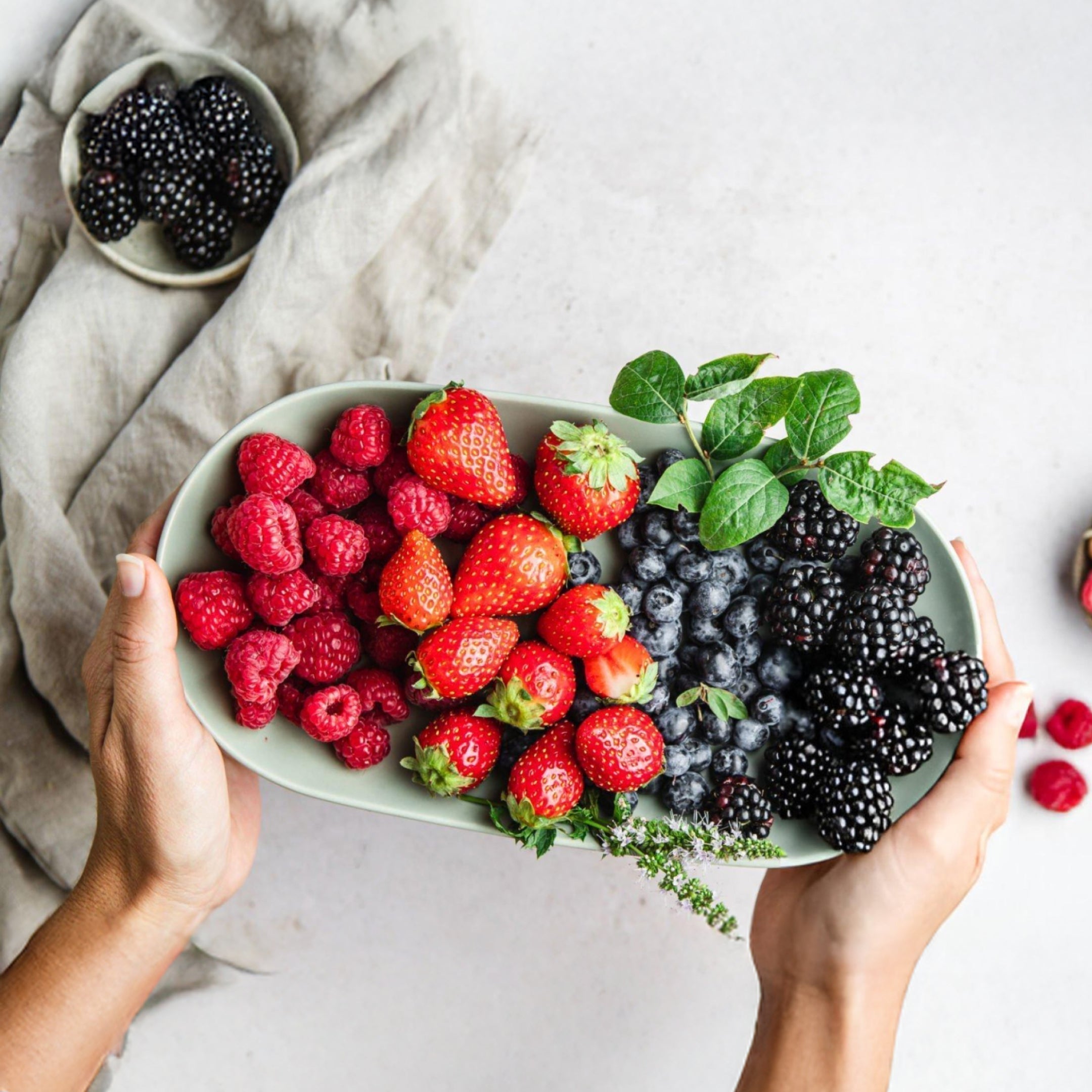
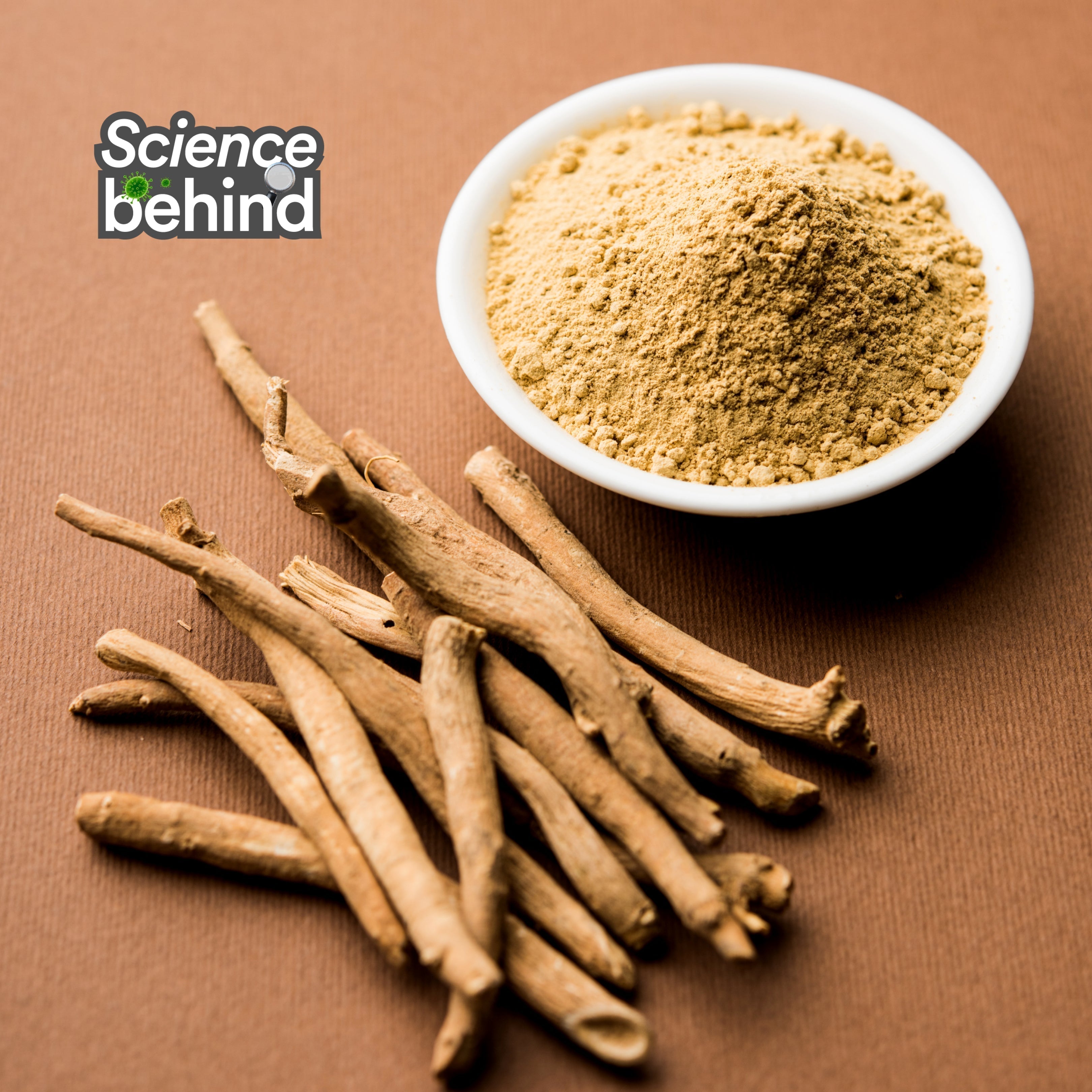
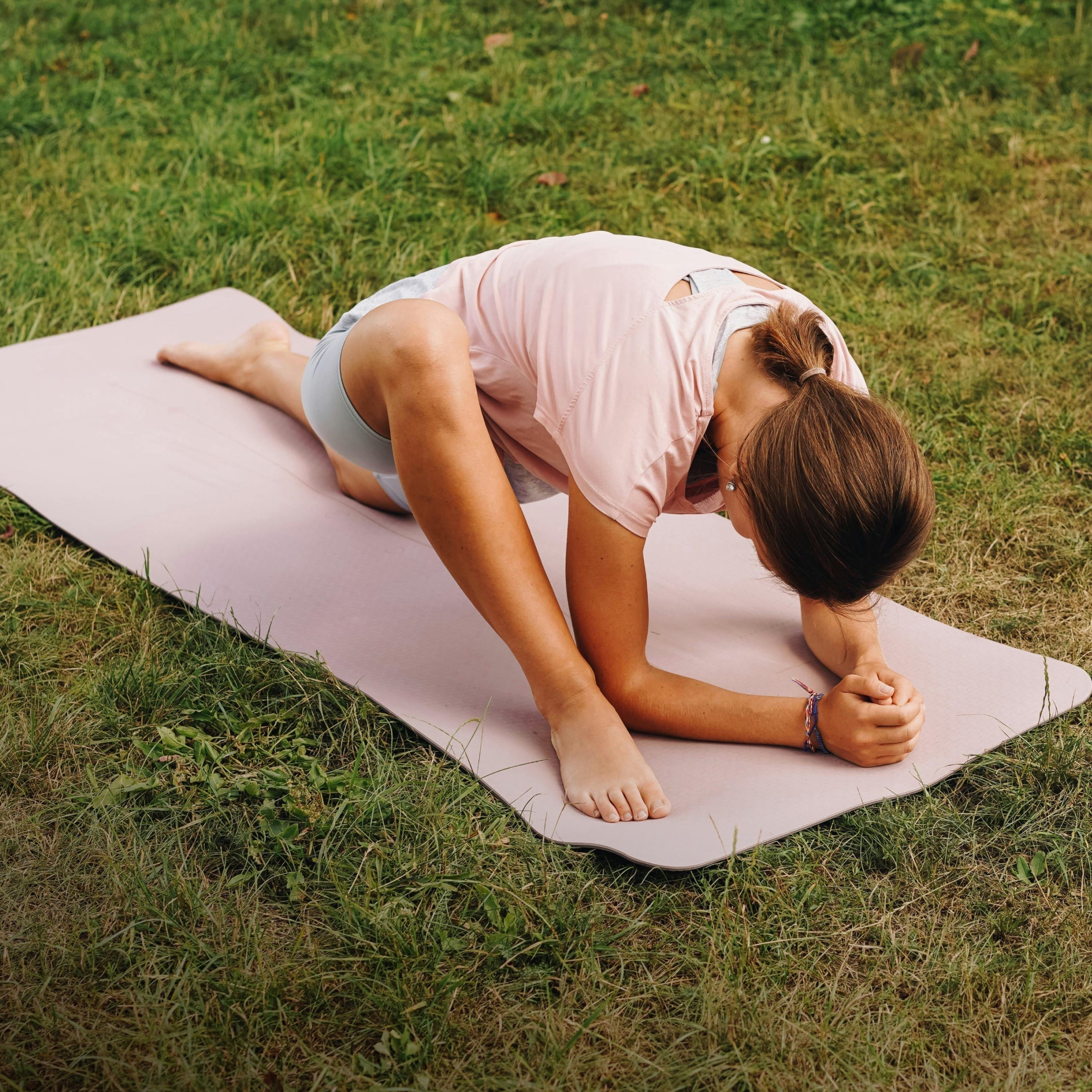

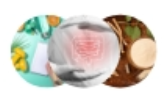
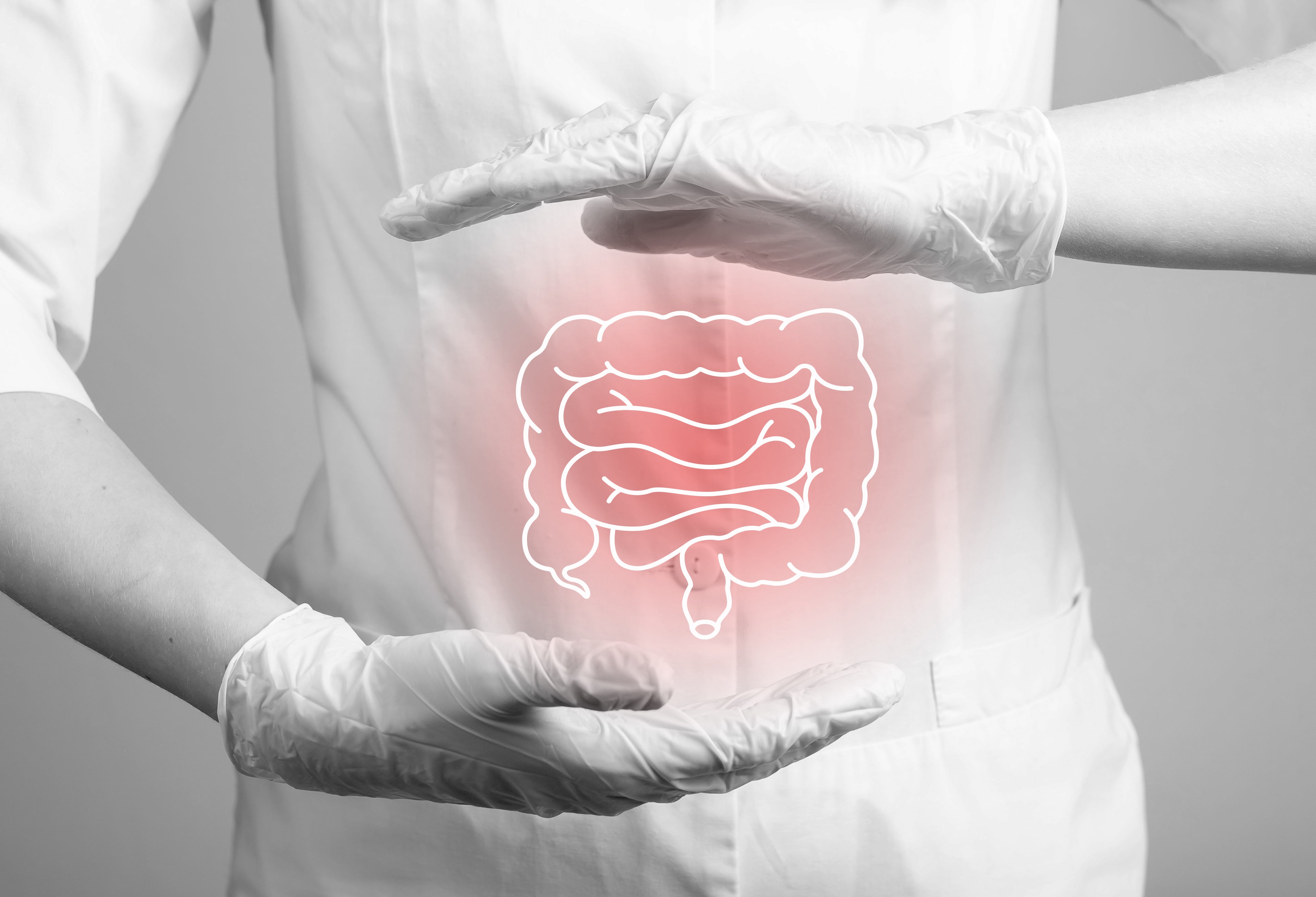
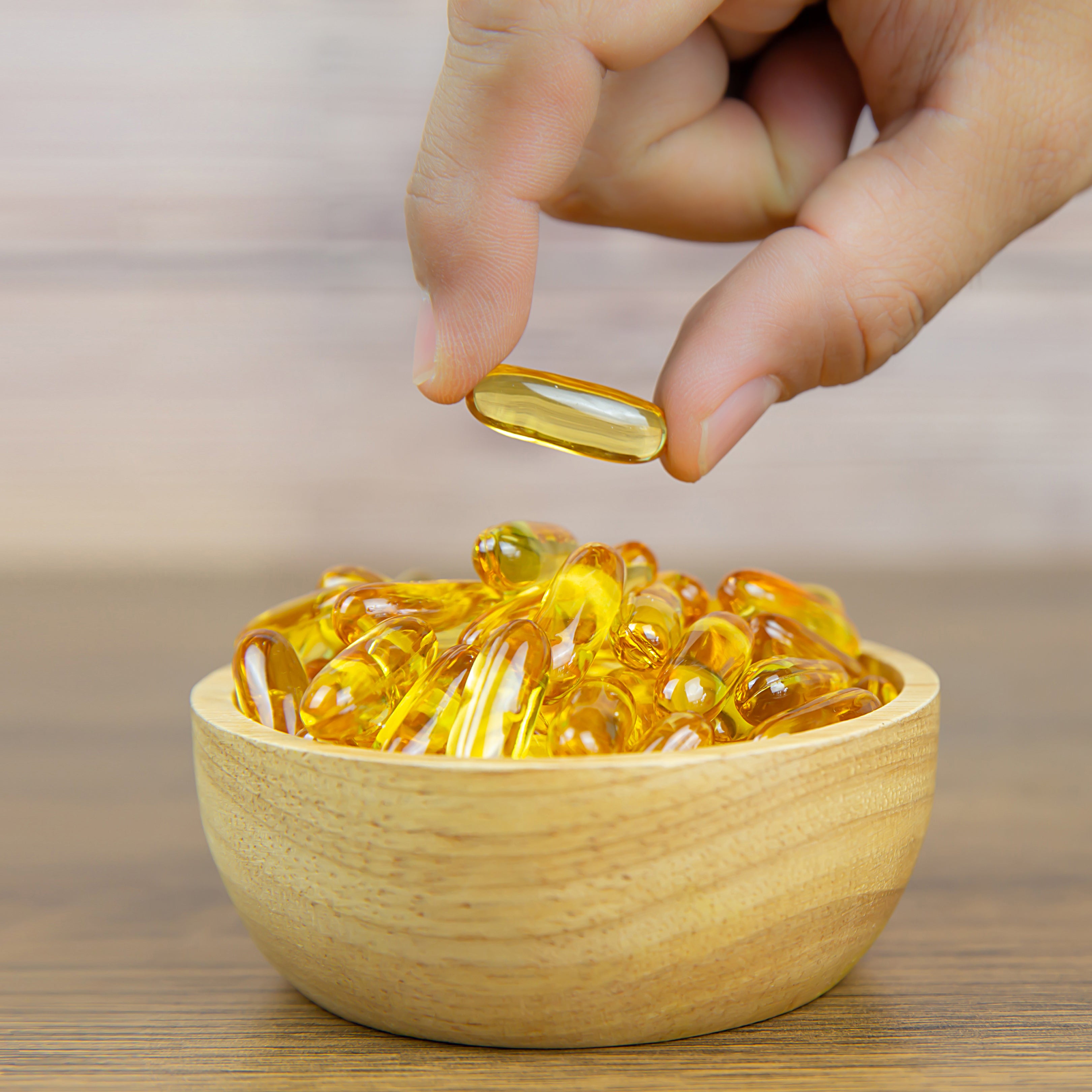



Leave a comment